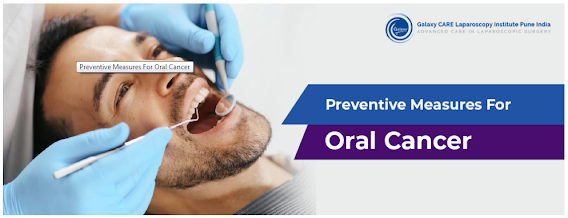7 THINGS TO KNOW ABOUT HEAD AND NECK CANCERS
Head and neck cancers encompass a diverse group of malignancies that can impact the mouth, throat, larynx, sinuses, and other related areas. Understanding these cancers is crucial for early detection, effective treatment, and prevention. Here are seven key things you should know about head and neck cancers:
1. Types of Head and Neck Cancers
Head and neck cancers are categorized based on their location. The main types include:
- Oral Cavity Cancer: Affects the mouth, including lips, tongue, gums, and the floor and roof of the mouth.
- Pharyngeal Cancer: Affects the pharynx (throat), which includes the nasopharynx, oropharynx, and hypopharynx.
- Laryngeal Cancer: Affects the larynx or voice box.
- Nasal Cavity and Paranasal Sinus Cancer: Affects the spaces behind the nose.
- Salivary Gland Cancer: Affects the glands that produce saliva.
2. Risk Factors
Several risk factors increase the likelihood of developing head and neck cancers:
- Tobacco Use: Smoking and using smokeless tobacco products are the leading causes.
- Alcohol Consumption: Heavy and prolonged alcohol use significantly raises the risk.
- HPV Infection: Human papillomavirus (HPV) infection, particularly HPV-16, is strongly linked to oropharyngeal cancers.
- Age and Gender: These cancers are more common in people over the age of 50 and are more prevalent in men than women.
- Poor Oral Hygiene: Neglecting oral health can contribute to the development of oral cancers.
3. Symptoms to Watch For
Early detection of head and neck cancers can dramatically improve treatment outcomes. Be vigilant for symptoms such as:
- Persistent sore throat or hoarseness
- Unexplained weight loss
- Difficulty swallowing or persistent pain while swallowing
- Non-healing sores in the mouth or on the lips
- Lumps or masses in the neck or throat
- Persistent nasal congestion or nosebleeds
- Ear pain or hearing loss
4. Diagnosis and Screening
Early diagnosis involves a combination of physical examinations, imaging tests (like CT scans and MRIs), and biopsies. Regular dental check-ups and self-examinations can aid in early detection, especially for those at higher risk. If you experience any persistent symptoms, consult a healthcare provider promptly.
5. Treatment Options
Treatment for head and neck cancers varies based on the type, location, and stage of the cancer. Common treatment options include:
- Surgery: Removal of the tumor and some surrounding healthy tissue.
- Radiation Therapy: High-energy rays used to kill cancer cells.
- Chemotherapy: Drugs used to kill cancer cells or stop their growth.
- Targeted Therapy: Drugs that target specific molecules involved in cancer growth.
- Immunotherapy: Boosting the body’s immune system to fight cancer cells.
6. Prevention Strategies
While not all cases of head and neck cancers can be prevented, certain strategies can reduce your risk:
- Avoid Tobacco and Limit Alcohol: Steering clear of tobacco and moderating alcohol intake can significantly lower your risk.
- Maintain Good Oral Hygiene: Regular brushing, flossing, and dental check-ups are essential.
- Vaccination: HPV vaccines can protect against the strains of HPV most commonly associated with oropharyngeal cancers.
- Healthy Diet: A diet rich in fruits and vegetables can provide protective nutrients.
7. Living with and Beyond Cancer
Surviving head and neck cancer can present unique challenges, but many resources and support systems are available:
- Rehabilitation Services: Speech and swallowing therapy can help regain lost functions.
- Nutritional Support: Dietitians can provide guidance on maintaining proper nutrition during and after treatment.
- Psychological Support: Counseling and support groups can aid in coping with the emotional aspects of cancer.
- Follow-Up Care: Regular check-ups are crucial to monitor for recurrence and manage any long-term side effects of treatment.
Conclusion
Awareness and education about head and neck cancers are vital for early detection, effective treatment, and improving quality of life for those affected. By understanding the risk factors, recognizing symptoms, and knowing the available treatment options, individuals can take proactive steps in managing their health and well-being.



Comments
Post a Comment